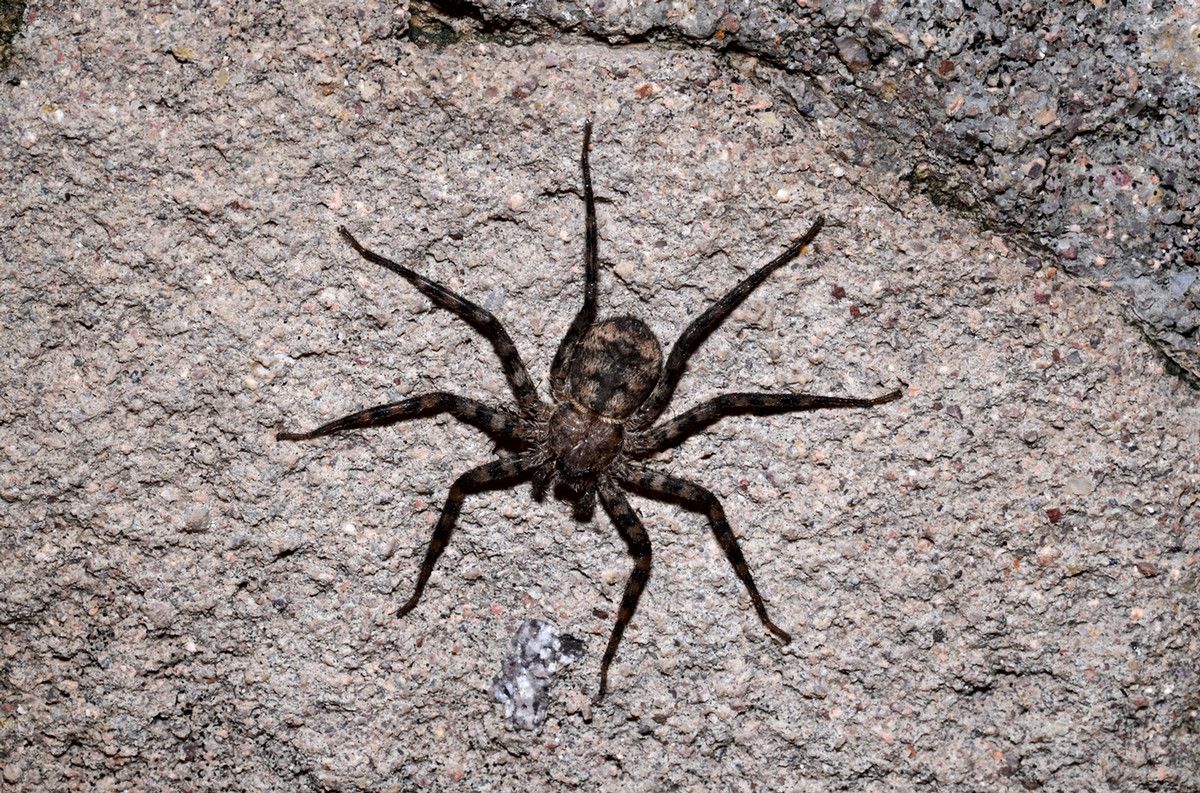D: What's brown, has eight legs and flies, Yaël?
Y: It sounds suspiciously like a spider, Don, but spiders don't fly.
D: Well, it's more like sky diving than flying.
Y: You know spiders give me the creeps.
D: You had better stay out of the Amazon rain forest then. A team of scientists discovered that one species of selenopid spiders can be dropped from heights of up to eighty feet and survive by gliding to safety.
Y: I've heard of flying squirrels and Australian Sugar Gliders, but they have skin between their legs that works like a wing to glide from tree to tree. Spiders are mostly legs. Are you sure they glide? Maybe they're using a silk strand like a parachute.
D: Small spiders have a behavior called "ballooning," in which they use a silk line to catch the wind to move to a different location. These selenopids are too big for that. They were nicknamed "flatties" by the researchers because they have a thin, flat body. I guess that makes them able to fly sort of like a Frisbee.
Y: I'm itching just thinking about it, Don.
D: Then you'll be happy to know that the flatties don't glide randomly. If they're dropped upside down, they right themselves in milliseconds and point their heads downward. They use leg motions to turn left and right, and seem to prefer landing on trees. The best spiders can swerve to a landing after falling only thirteen feet.
Y: Are you saying they'd stay away from people.
D: Scientists think this gliding behavior developed to keep them from reaching the forest floor were predators could be lurking. I think you're safe, Yaël.










